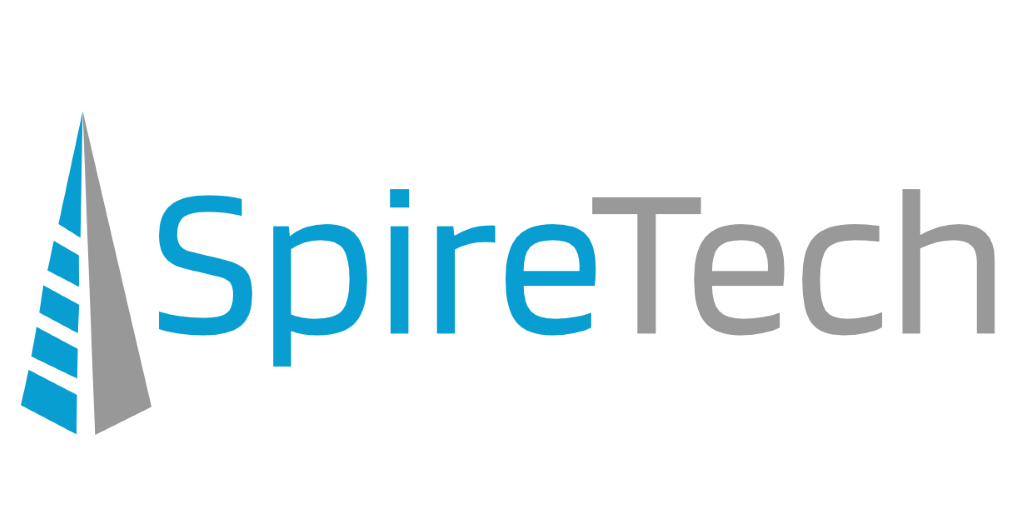used with permission from HP Technology at Work
 It wasn’t long ago that businesses only had two options when it came to purchasing software: purchasing the product off the shelf or purchasing a license agreement for the software. Even with available on-site maintenance and management services, the costs would vary depending on the number of employees you had, making it financially unpredictable. These models may have been fine for larger companies who could afford to make the substantial upfront investments required to stay current with updates, but for smaller businesses just looking to keep up without breaking their budget, it can be a challenge.
It wasn’t long ago that businesses only had two options when it came to purchasing software: purchasing the product off the shelf or purchasing a license agreement for the software. Even with available on-site maintenance and management services, the costs would vary depending on the number of employees you had, making it financially unpredictable. These models may have been fine for larger companies who could afford to make the substantial upfront investments required to stay current with updates, but for smaller businesses just looking to keep up without breaking their budget, it can be a challenge.
A different approach
Software as a service (SaaS) manages the hardware and software for you—providing you with updates as they’re available—so all that’s left for you to do is take advantage of the benefits of using the software.
With the traditional approach to obtaining software, you may think you’re purchasing the software, but you’re not. You’re purchasing a restricted license to use the software. Whereas the SaaS model is similar to subscribing to a magazine or cable television—you pay a recurring fee to have the right to use the product (in this case software), and when you no longer want to use the product, you stop paying the subscription fee.
Businesses often face high software and software licensing costs, and SaaS could make it easier to afford the software you need. But as with any either/or scenario, there are pros and cons to both sides and understanding what those are is an important step in determining whether SaaS is right for your business.
Pros of SaaS
- Consistent—Because there’s a set price per user per month, there’s a lower total cost of ownership compared to traditional software that can cost tens of thousands of dollars in implementation, hardware, and support fees. SaaS takes the guesswork out of software management expenses with consistent pricing every month.
- Automatic—Instead of having to buy new license(s) every time a new version or update of the software is released, SaaS customers receive the updates automatically as part of their monthly plans. Because of this, software vendors are often more likely to provide more frequent small updates to their product because they know it’ll be pushed out to all of their customers and not bypassed while customers wait for a bigger update.
- Worry-free—Once you’re onboard, the software vendor is responsible for the delivery and management of the product, including any network issues that might pop up.
- Scalable—A big advantage of hosted software is that it’s designed to scale seamlessly for a large number of simultaneous users. In other words, as your business (and data) expands over time, so too does your software.
- Accessible—Since hosted software can be accessed from any web browser, it’s great for companies with mobile workforces, or for users in offices located in different states or countries. It doesn’t require additional infrastructure either, such as a webserver.
Cons of SaaS
- Accessible—Even the “pros” have “cons”—the downside of web-based software is that it requires an internet connection, which isn’t always available.
- Outages—They may not happen often, but when they do service outages can cause major problems for businesses. Many of the larger providers offer uptime guarantees, so be sure to look for those when choosing your provider because you never know when you’ll need to take them up on it.
- Inconsistent—Integration can be tricky when different departments are using different SaaS solutions. Consistent solutions throughout an organization may not be realistic, but it’s important to understand the integration challenges that a mixed solution environment can have.
- Costly—In the long run, licensing may end up being more expensive than the traditional approach. Don’t be fooled by the potentially lower up-front costs.
- Standard—Finally, there has been criticism that hosted software can be too “cookie-cutter” and not necessarily tailored to the individual business. While this is true in some cases, many providers are bridging this gap by offering robust customization platforms that make integration simple.
Signs your business is ready for SaaS
Understanding the pros and cons are one thing—how do we know that businesses are poised to become a major player in SaaS? Because the actions of software vendors are suggesting that very thing. Take Microsoft® Office 365 or Adobe® Creative Cloud—both products used to be offered as traditional software, but Microsoft and Adobe (and many others) have moved their applications to the more affordable SaaS model, making it more accessible.
As businesses gain a greater understanding of cloud computing, apprehensions about using cloud-based software—and SaaS as a whole—should wane.
